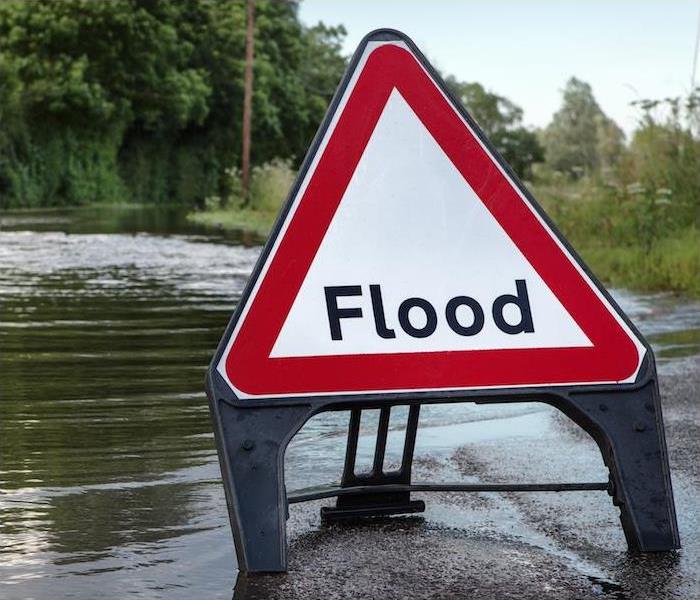Here Are the Types of Flooding You Might See
4/6/2022 (Permalink)
 Regardless of the cause of the flooding, SERVPRO of Lowell has the team to help you recover from any disastrous event
Regardless of the cause of the flooding, SERVPRO of Lowell has the team to help you recover from any disastrous event
Every state sees its fair share of flooding, but did you know flooding is actually the most common natural disaster in the world? In the United States, it claims more lives per year than hurricanes, tornadoes or lighting. Its devastation can affect communities far and wide, as excess water gathers on properties.
You may not know there are actually similarities in the different types of floods and causality among all them. In fact, there are three common types of flooding that happen for four typical reasons.
Flash floods can occurs anywhere, and they’re caused by an accumulation of rain over a long period of time. For example, a storm may sit over one area, overwhelming the ground’s ability to soak in all the moisture. The water left over runs off, often washing away both big and small items in its path.
River floods occur when there’s a buildup of water in the river, enough that the water spills over the sides and causes destruction.
Coastal floods can happen next to large bodies of water, induced by storm surges or cyclonic activity. The commotion causes ocean or gulf levels to rise high enough to cause a flood.
Heavy rainfall. Heavy storms that release multiple inches of rain in one area can cause flash floods or river flooding. Urban areas are often the most at risk due to the lack of extra land to absorb the water. In 2006, Lowell and the New England area experienced record flooding. In fact, it rained between eight and 12 inches over just a few days, which was the worst flooding the area had seen in over 70 years. A thousand households in Lowell had to be evacuated to protect citizens from the overwhelming flooding.
Oceanic activity. Hurricanes, storm surges and rising tides can cause water levels to rise, causing waves to overwhelm coastal communities.
Dams and levees failing. The most notable example of this in recent history would be the disastrous levee breaks during 2005’s Hurricane Katrina. Levees and dams fail when cracks occur or excess pressure overtakes the dam’s ability to contain the surge of water behind it. Similarly, Massachusetts residents who lived downstream of the Spicket River Dam had to be evacuated during record-breaking flooding in 2006 over fears that the dam might break.
Snowmelts and ice dams. In states that experience heavy snow and ice, both can build up over weeks and months. When the snow and ice begin to melt, they can become rivers of water, following through nearby communities and causing destruction. Ice dams or ice jams occur when rivers get clogged by built-up ice following downstream, which can cause the banks to overflow.
Regardless of the cause of the flooding, SERVPRO has the tools and teams to help your home or business recover from its disastrous effects. Contact us anytime when flooding or water damage makes a mess in your life.

 24/7 Emergency Service
24/7 Emergency Service